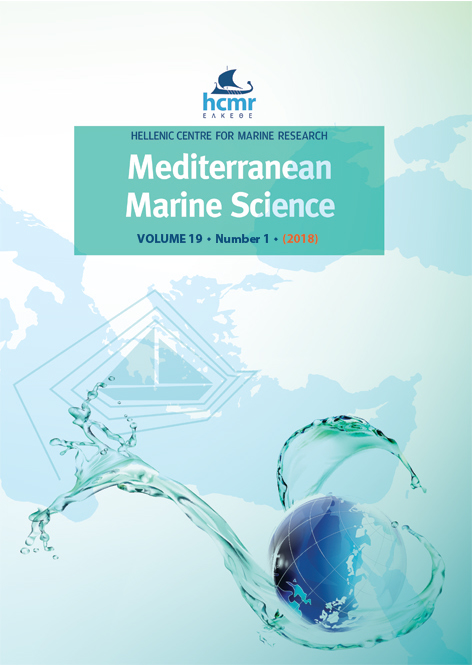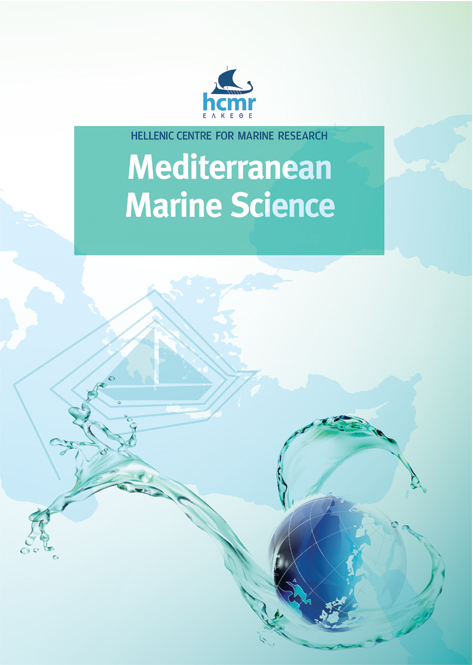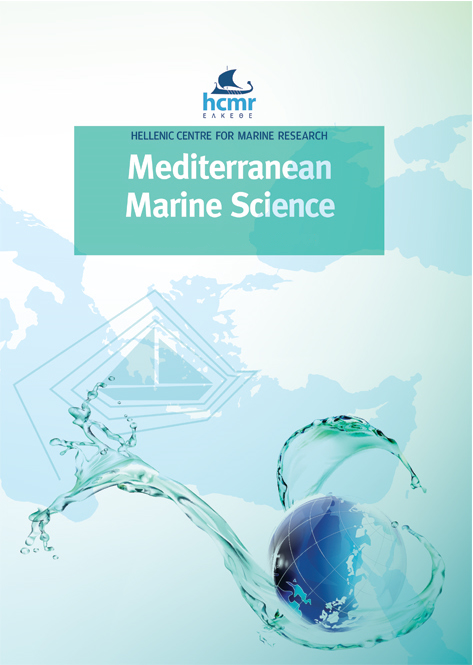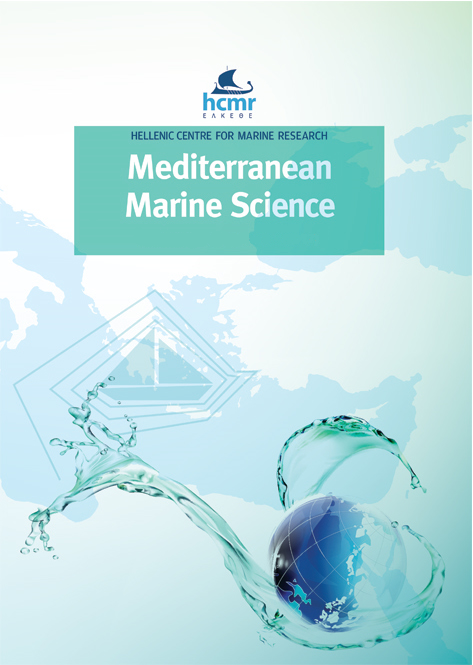Native, invasive and cryptogenic Ulva species from the Israeli Mediterranean Sea: risk and potential

Περίληψη
The genus Ulva (Chlorophyta) is ubiquitous along Israeli Mediterranean shores where it has been studied extensively due to its important ecological role and potential value in biotechnology and aquaculture. Previous identifications of Ulva in Israel were based only on morphology. Here, we compare species found in 2002 and in 2014-2016. Analyses of ribulose-1,5-bisphosphate carboxylase/oxygenase (rbcL) and elongation factor 1-alpha (tufA) plastid genes (2014-2016 samples only), combined with morphological data, identified six Ulva species, three of which are new records for Israel and probably originate from the Indo-Pacific. Ulva compressa, rarely found in 2002, is now the most abundant species and exhibits two fairly distinct morphologies correlated with different haplotypes for both genes. Ulva fasciata was found more commonly in 2002 than in 2014-16, whereas the morphologically similar, and closely related, invasive species U. ohnoi seemed more frequent in recent samples. The finely branched tubular Ulva tepida was found in 2002 and 2015/16, and U. chaugulii and U. mediterranea were discovered for the first time in 2015/16. The changing Ulva flora of the Israeli Mediterranean may be correlated with major environmental changes including 3°C increase in sea surface temperatures over the last two decades, as well as a generally increasing prevalence of non-native species. The local Ulva species now found in Israel could be of value for various industrial uses.
Λεπτομέρειες άρθρου
- Πώς να δημιουργήσετε Αναφορές
-
KRUPNIK, N., PAZ, G., DOUEK, J., LEWINSOHN, E., ISRAEL, A., CARMEL, N., MINEUR, F., & MAGGS, C. A. (2018). Native, invasive and cryptogenic Ulva species from the Israeli Mediterranean Sea: risk and potential. Mediterranean Marine Science, 19(1), 132–146. https://doi.org/10.12681/mms.2104
- Τεύχος
- Τόμ. 19 Αρ. 1 (2018)
- Ενότητα
- Research Article
Authors who publish with this journal agree to the following terms:
- Authors retain copyright and grant the journal right of first publication with the work simultaneously licensed under a Creative Commons Attribution Non-Commercial License that allows others to share the work with an acknowledgement of the work's authorship and initial publication in this journal.
- Authors are able to enter into separate, additional contractual arrangements for the non-exclusive distribution of the journal's published version of the work (e.g. post it to an institutional repository or publish it in a book), with an acknowledgement of its initial publication in this journal.
- Authors are permitted and encouraged to post their work online (preferably in institutional repositories or on their website) prior to and during the submission process, as it can lead to productive exchanges, as well as earlier and greater citation of published work (See The Effect of Open Access).








